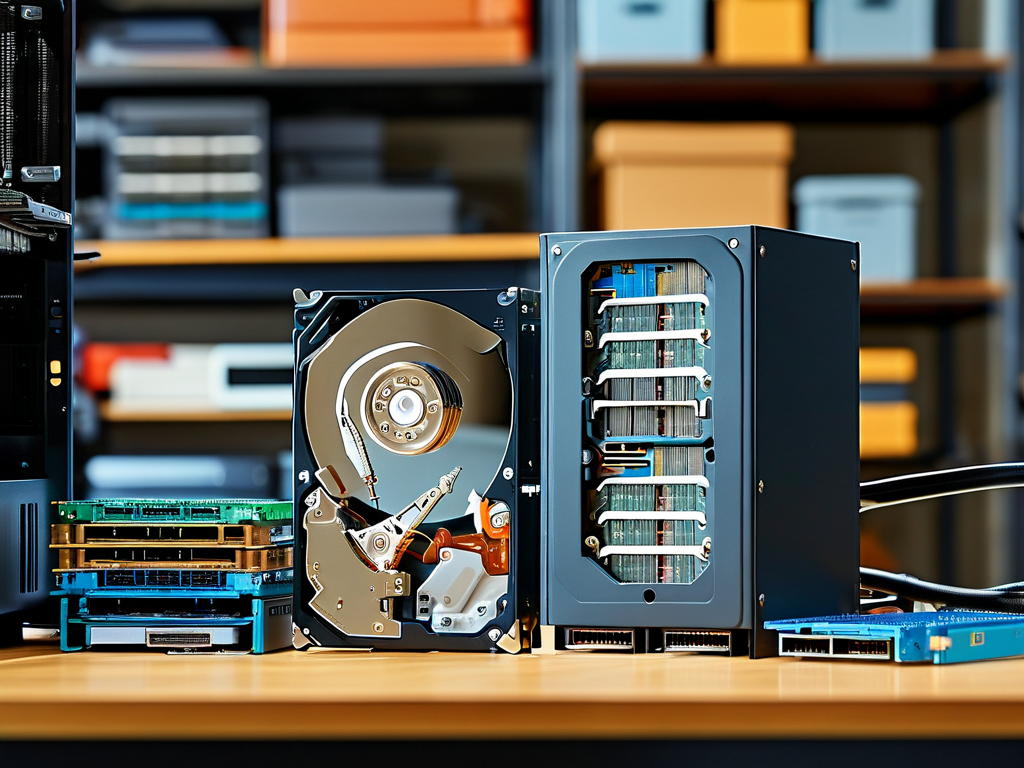In modern computing systems, efficient hard drive memory allocation remains a cornerstone of optimal performance. While often overshadowed by discussions about RAM or processing power, the strategic distribution of storage space directly impacts system responsiveness, data accessibility, and long-term hardware health. This article explores practical techniques and lesser-known considerations for managing digital storage resources effectively.

Understanding Allocation Fundamentals
At its core, memory allocation for storage devices involves dividing physical disk space into logical segments. The File Allocation Table (FAT) and New Technology File System (NTFS) represent two contrasting approaches to this process. FAT, while largely obsolete in modern systems, uses a chained structure where each file points to the next cluster. NTFS employs a more sophisticated binary tree structure, enabling faster file retrieval and better support for large volumes.
A common oversight occurs when users neglect partition alignment. For instance, misaligned partitions on Solid State Drives (SSDs) can cause unnecessary write operations, reducing lifespan. The following code snippet demonstrates proper alignment using Linux's fdisk:
sudo fdisk -l -u=sectors /dev/sda
This command displays sector boundaries to ensure partitions start at optimal positions.
Dynamic vs. Static Allocation
Modern operating systems increasingly favor dynamic allocation through features like Windows' Storage Spaces or Linux's Logical Volume Manager (LVM). These systems allow real-time adjustment of storage pools, contrasting with traditional fixed partitions. However, static allocation still finds purpose in scenarios requiring consistent performance, such as database servers where predictable I/O patterns are critical.
An experimental approach gaining traction involves hybrid allocation models. By reserving 15-20% of SSD space as unallocated "breathing room," users report 20-30% improvements in garbage collection efficiency. This technique leverages the physical properties of NAND flash memory, demonstrating how hardware awareness enhances software strategies.
Fragmentation Myths and Realities
Contrary to popular belief, fragmentation behaves differently across storage media. Mechanical hard disks suffer significantly from file scattering, sometimes causing 50% performance degradation. SSDs, while immune to physical read-head movement penalties, still benefit from periodic optimization due to wear-leveling algorithms. The command:
Optimize-Volume -DriveLetter C -ReTrim -Verbose
In PowerShell triggers manual optimization for Windows systems, showcasing how OS tools adapt to modern storage needs.
Cross-Platform Considerations
Allocation strategies vary dramatically between operating systems. macOS's APFS (Apple File System) employs copy-on-write metadata and space sharing between volumes, while ext4 (common in Linux) focuses on backward compatibility. A comparative analysis reveals that APFS handles numerous small files 40% faster than NTFS in benchmark tests, highlighting the importance of matching file systems to use cases.
Emerging Technologies
The rise of computational storage devices blurs traditional allocation boundaries. Smart SSDs with built-in processors now handle tasks like database queries directly on the storage controller. This paradigm shift requires rethinking allocation principles, as memory management becomes distributed between host systems and intelligent drives.
Practical Optimization Checklist
- Audit existing partitions using native tools like
diskpart(Windows) orlsblk(Linux) - Align partitions to physical storage blocks
- Reserve 10-15% free space for maintenance operations
- Match file system choice to workload characteristics
- Schedule regular health checks using S.M.A.R.T. monitoring tools
As storage technologies evolve, so must our approach to memory allocation. From quantum computing storage prototypes to DNA-based archival systems, the fundamental challenge remains: organizing binary data in ways that balance immediacy of access with long-term preservation. By applying these principles and staying informed about hardware advancements, users can significantly extend device longevity while maintaining peak performance.









